(продана за $41.0)
1750, Emperor Francis Stephen. Silver 15 Kreuzer (15 Krajczar) Coin. Kremnitz!
Mint Years: 1750
Region: Kremnitz (K-B)
Denomination: 15 Kreuzer (15 Krajczar)
Reference: KM-2025 (listed under Austria)
Condition: Minor scratches in obverse, otherwise VF+/XF+
Diameter: 29mm
Material: Silver
Weight: 5.99gm
Obverse: Wreathed and draped bust of Francis Stephen right.
Legend: FRANC . D : G . R . I . S . A . - GE . IER . R . I . E . R . R . LO . B . M . H . D .
Reverse: Crowned double-headed eagle with halved shield at chest. Value (XV) below, mint initials (K-B) at sides.
Legend: IN TE DOMINE SPERAVI ("In thee Lord, have I put my trust!") . 1750 . X
Francis I (German: Franz Stefan; Italian: Francesco Stefano; English: Francis Stephen; 8 December 1708 – 18 August 1765)[2] was Holy Roman Emperor and Grand Duke of Tuscany, though his wife effectively executed the real powers of those positions. With his wife, Maria Theresa, he was the founder of the Habsburg-Lorraine dynasty. From 1728 until 1737 he was Duke of Lorraine. In 1737, Lorraine became managed by France under terms resulting from the War of the Polish Succession. Francis and House of Lorraine received the Grand Duchy of Tuscany in the peace treaty that ended that war. After taking the throne of the Holy Roman Empire, the return of the ancestral duchy of Lorraine went nominally to his brother Prince Charles Alexander of Lorraine (who was however engaged in ruling the Austrian Netherlands), until succession under derivate house alliances resulted in Lorraine's annexation to France in 1766.
Maria Theresa secured in the Treaty of Füssen his election to the Empire on 13 September 1745, in succession to Charles VII, and she made him co-regent of her hereditary dominions.
Francis was well content to leave the wielding of power to his able wife. He had a natural fund of good sense and brilliant business capacity and was a useful assistant to Maria Theresa in the laborious task of governing the complicated Austrian dominions, but he was not active in politics. However, his wife left him in charge of the financial affairs, which he managed well until his death. Heavily indebted and on the verge of bankruptcy at the end of the seven years war, the Austrian Empire was in a better financial condition than France or England in the 1780s. He also took a great interest in the natural sciences. He was a member of the Freemasons.
Francis was quite the philanderer and was known for his many indiscreet affairs, notably one with Maria Wilhelmina, Princess of Auersperg, who was thirty years his junior. This particular affair was remarked upon in the letters and journals of visitors to the court and in those of his children.
He died suddenly in his carriage while returning from the opera at Innsbruck on 18 August 1765. He is buried in tomb number 55 in the Imperial Crypt in Vienna.
Maria Theresa and Francis I had sixteen children—their youngest daughter was the future queen consort of France, Marie Antoinette (1755–1793). He was officially succeeded by his eldest son Joseph II although the real power remained with his wife. Another son was the Emperor Leopold II.

|
Добавив:
anonymous 2015-03-27 |
2 Liard Австрійські Нідерланди (1713-1795) Мідь
в групі 4 монет / 4 цін
⇑
44 монет було згруповано з 2025-05-28 по 2025-06-04
Одна з них:
1 Рубль Російська імперія (1720-1917) Срібло
в групі 12 монет / 12 цін
⇑

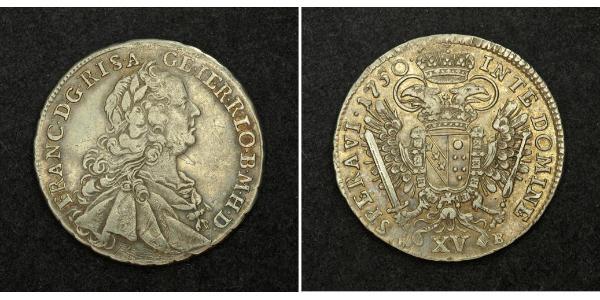




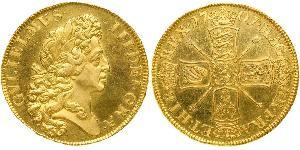


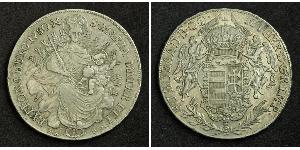


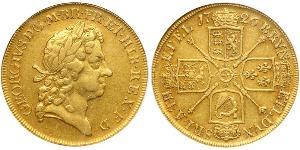
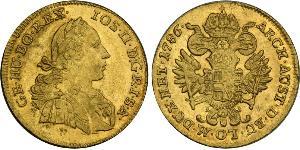
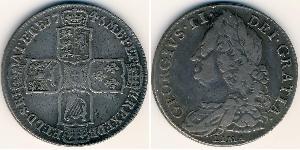
-300-150-N7QKX9ISGfEAAAFX9awaL_VH.jpg)

-300-150-72sKbzbis7EAAAFPBUQ1Mk0C.jpg)
-300-150-9UEKbzbiU5UAAAFQcX3krksT.jpg)





